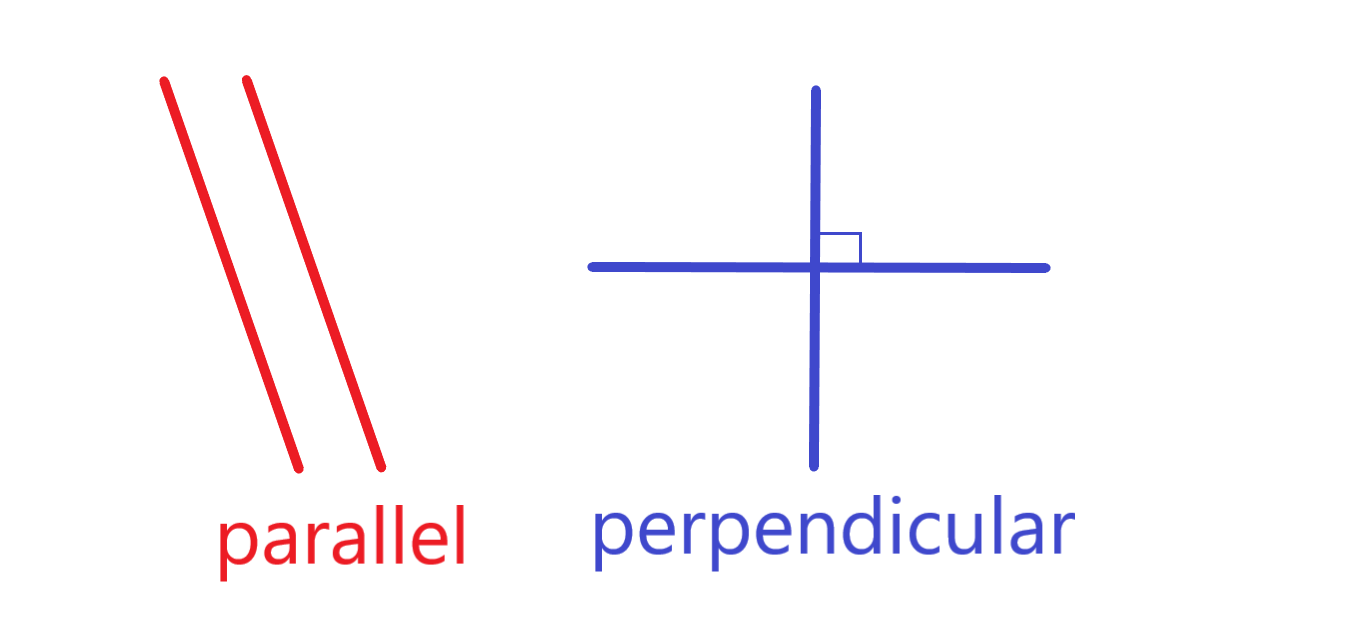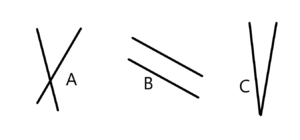Improv can be entertaining, but it will frustrate students trying learn a procedure.
Much of math, and especially computation, is about learning a process or a set of procedures. [I am assuming you are practical enough to know that we cannot expect elementary aged children to re-discover all of mathematics on their own, as some people recommend.]
Learning a procedure means knowing “What’s next?” If you ever learned a procedure (for example a recipe) you know that it is between steps, when you ask yourself, “What’s next?” that you need help from the written recipe. Students are no different. Just showing them what to do is usually not enough for them to be able to follow in your footsteps. You need to teach them the steps of the procedure. As with anything you teach, you are going to confuse your students if you do things in a different order, or with different words, or different steps. What you call things, and some of how you explain yourself, and some of the sequence of doing the procedure is arbitrary. If you are improvising you will do things differently each time and your students will be confused. At a minimum you need it written down.
Math teaching strategy: Use a script or a process chart to keep the instructions consistent.
We know a lot about how to help students learn a procedure. We know we need to consistently follow the same set of steps in the same order, until students have learned it. We know we need to explicitly tell students the decisions they must make while working so they know what to do and when, in other words, we have to make our thinking process overt. We know we need to be consistent in our language of instruction so that students benefit from repetition of examples. And finally, we know we need to careful in our selection of problems so that we demonstrate with appropriate examples how the new process works and where it does not work.
Guess what? You can’t do all of that when you are improvising your instruction and making up the directions on the fly. To be able to do all that, you need a script and pre-selected examples. Many teachers have been taught to use a chart of steps, posted in their classroom, to which they refer as they model a procedure. The same effect can be achieved with a script, so that the teacher uses the same wording along with the same steps in the same order. If you improvise, it won’t always be the same, which will confuse your students.
You have to learn when and how to make decisions. Every math procedure involves looking at the situation and making decisions about what and how to do what needs to be done. You have to know what operation to use, when to borrow, when to carry, where to write each digit and so on. Because you as the teacher already know how to do the procedure, it is tricky to remember to explain your thinking.
Math teaching strategy: Teach a consistent rule for every decision students must make.
Good teaching involves first explaining your decision-making and then giving your students practice in making the right decision in the given circumstances and finally to make them explain why–using the rule you used in the first place. First, you teach something like, “Bigger bottom borrows” to help students decide when to borrow. Then you prompt them to explain how they know whether or not to borrow. All of that should be asked and answered in the right place and at the right time. A script or a posted process chart will help you remember all the decisions that have to be made, and what to look at to make the right one. Without a script it is very unlikely that you will remember the exact wording each time. You need a script to be able to deliver consistent language of instruction.
Math teaching strategy: Plan ahead to carefully choose the right examples.
With some math procedures it is quite hard to choose the right examples. The fine points can be obscured when the examples the teacher happens to come up with, are not quite right. The examples may be an exception or handled differently in a way the procedure has not taught. So for example borrowing across a zero is different than across other numerals so the numbers in a minuend must be chosen carefully rather than off the cuff.
Also, when teaching a procedure it is essential to teach when to use the procedure and when not to use that procedure. It is important that the teacher present “non-examples,” that is, problems in which you don’t follow that procedure. I have seen students who are taught, for example, borrowing, using only examples that need borrowing. Then they turn around and borrow in every problem–because that is what they were taught. They should have been taught with a few non-examples mixed in, that is, problems where borrowing wasn’t necessary so they learned correctly when to borrow as well as how to borrow. Choosing teaching examples on the fly will often end up with more confusion rather than less.
If it bothers you to see students as frustrated as the one above, then find* or write out a script for teaching computation so that you can be consistent and effective. Trust me, your students will love you for it.
* You may want to look at the “Learning Computation” programs within the Rocket Math Universal subscription. Here are links to blogs on them: Addition, Subtraction, and Multiplication. These are sensible, small steps, clearly and consistently scripted so each skill builds on the next.











